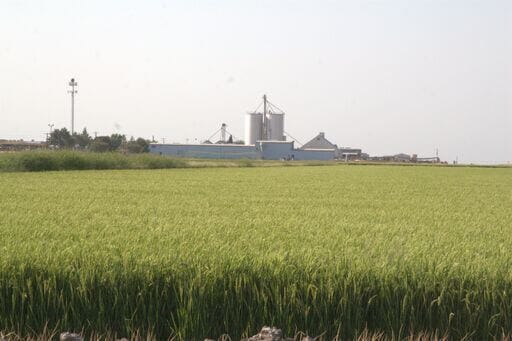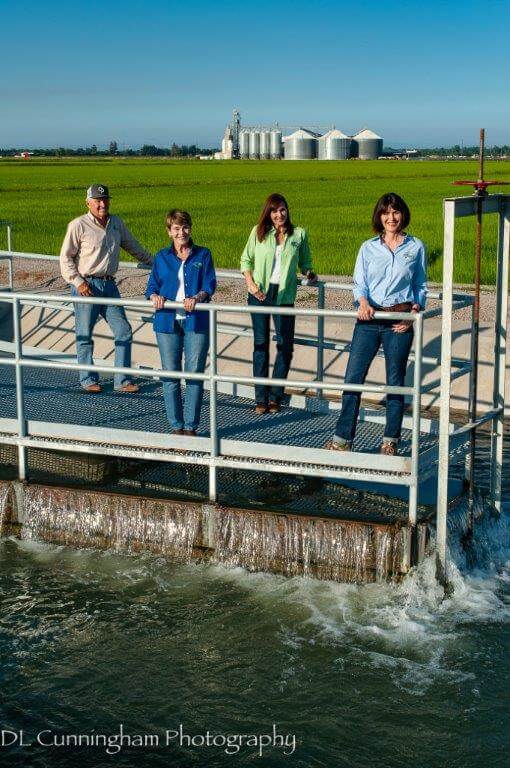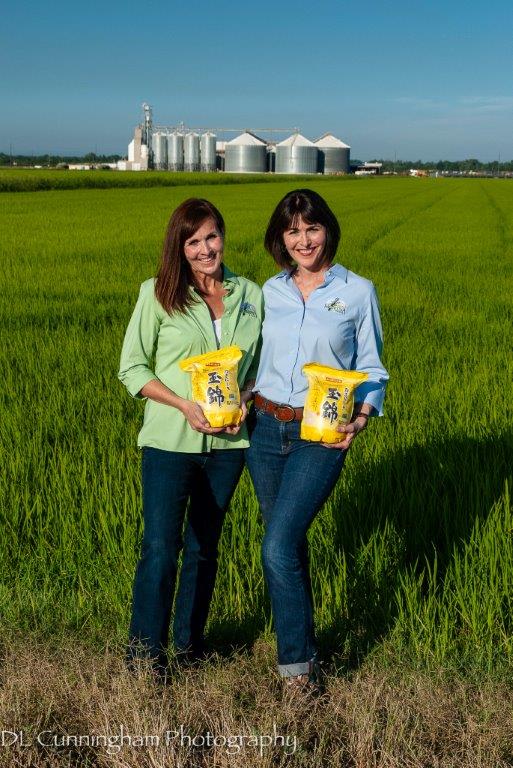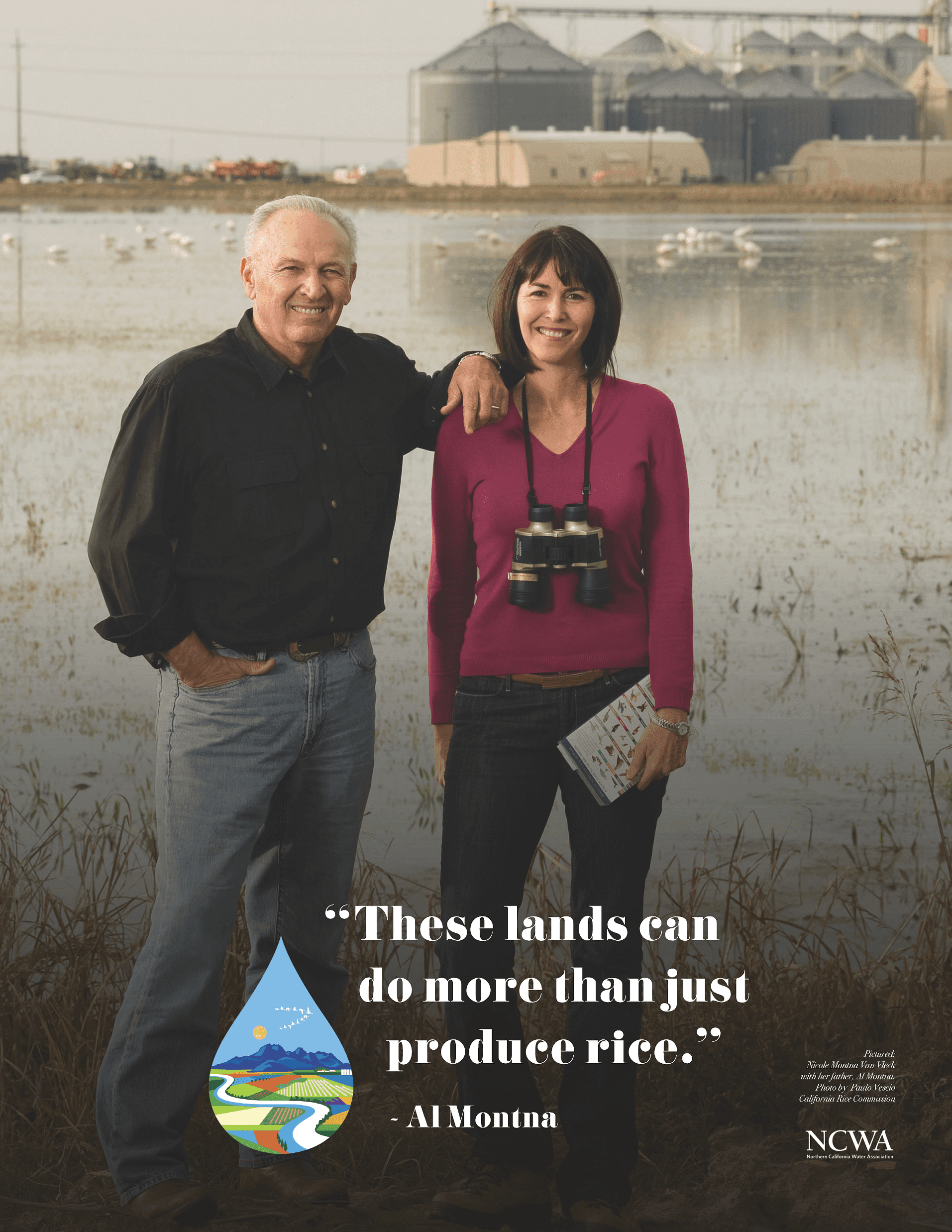He wasn’t supposed to be able to grow anything on this plot of land, but somehow, that is exactly what Al Montna did.
It was 1967, and following in his father’s footsteps, Al came back home to Northern California after college to give farming a shot.
His family owned some land south of Yuba City in Dingville, but it had been leased out to a tenant farmer named Cobb Saunders after Al’s father, Dutch, unexpectedly passed 10 years earlier.

Al was feeling confident and asked Cobb for a good field so he could try his hand at rice farming.
“Cobb honored my father’s request by giving him the toughest field possible to turn a decent yield,” said Nicole Montna Van Vleck, President and CEO of Montna Farms. Cobb just assumed Al would fail his near impossible challenge.
But he didn’t and instead, by that fall Al had long, luscious rice stalks sprouting from this unforgiving plot of earth. Cobb was left impressed.
In the decades that followed — Montna Family Farms would become a world-renowned producer of short-grain rice. But in those first few years, it was Al’s medium-grain rice, known as Calrose, that was the star of the family’s farm.
“These lands can do more than just produce rice,” Al reckoned to family and friends.

As an avid waterfowl hunter, Al was dejected by the dismal number of birds he saw around his fields in the 1960s and 1970s. He knew that the flames kept the birds away and destroyed much of their food source.
At the time, the cheapest and fastest way to decompose of remaining rice straw stubble after harvest was to simply burn it. But the smoke did not bode well for the valley and its inhabitants.
It was the early 1980s and Montna began seeking partners to help in the crusade to create better habitat for birds.
A few neighboring farmers signed on as did the bird-loving Ducks Unlimited and they discovered the benefits to flooding the rice fields instead of burning them. Through this effort, the family had helped to create the first ever wildlife-friendly farmland in California.
By the 2000s, Al no longer saw a handful of birds. He saw millions return to the valley each year.
A big reason for that is the food. Two-thirds of what these birds will need during the colder months can be found on farms like the Montna’s.

Today, Al’s daughters Nicole and Michele now lead the family to think even bigger when it comes to conservation.
In a place where you weren’t supposed to grow much, Al found a way to grow rice and provide a home for birds. Now, those same fields, under his daughters’ care, are helping fish on their journey to the Pacific Ocean.
“This display is quite dazzling. With a single scoop of water in a rice field, you will find thousands of tiny bugs darting to and fro.”
Just with the water for the birds, this food for the fish could mean the difference between saving the salmon or not.
And as you’ve heard before. It isn’t really supposed to work. But somehow, it just might.




